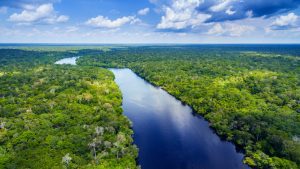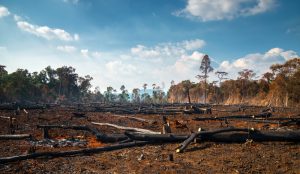There is no doubt that trees are one of the most important things on earth. They provide food, goods, and a home for both people and animals.
Furthermore, forests are crucial to people’s livelihoods and are often the main source of income and resources.
Without trees, the environment is at risk, causing it to lose a huge chunk of carbon storage and significantly harm biodiversity.
The loss of trees each year has become a major threat to society and the planet today. In fact, the world had 437Mha of tree cover loss between 2001 and 2021 according to Global Forest Watch.
Let’s take a look at why this has happened and its impact.
Table of Contents
What Causes Tree Cover Loss?

Human impacts and natural causes contribute to the loss of trees on a daily basis. Deforestation is driven by increasing demands in agriculture, mining, and urbanization, causing a tremendous amount of tree cover loss of over 15 billion trees every year.
A quarter of the world’s tree cover loss is caused by fires, which are the top natural cause of tree loss.
The year 2016 was the most destructive year for tree cover loss caused by fires, which is estimated to be more than 30% of the total tree cover loss in that year.
Additionally, the countries with the most fire-related tree cover loss are the United States, Canada, and Russia, with a staggering loss of 7.8 million hectares.
Countries with the Most Annual Tree Cover Loss
Listed below are the top 10 countries with the most annual tree cover loss written in 1,000 hectares.
All the countries in the world were compared based on 2020 records with varying causes of tree cover loss.
In 2020, Russia had the most tree cover loss of about 5.44 million hectares. Following Russia is Brazil with 3.29 million hectares and Australia with 2.35 million hectares.
Continue reading to learn more about the complete list.
1. Russian Federation – 5,442.09

Russia accounts for about 763.5 million hectares of the world’s forests. It is home to 12 million km2 of boreal forests, the largest forested area in the world.
Timber exports to China and Southeast Asian countries continue to cause deforestation in the country.
Production of palm, illegal logging, and industries like coal mining and transportation are major contributors to tree cover loss in Russia.
Forest fires also add to tree cover loss, damaging at least three million hectares and up to 14 million hectares for bigger fires.
2. Brazil – 3,291.39
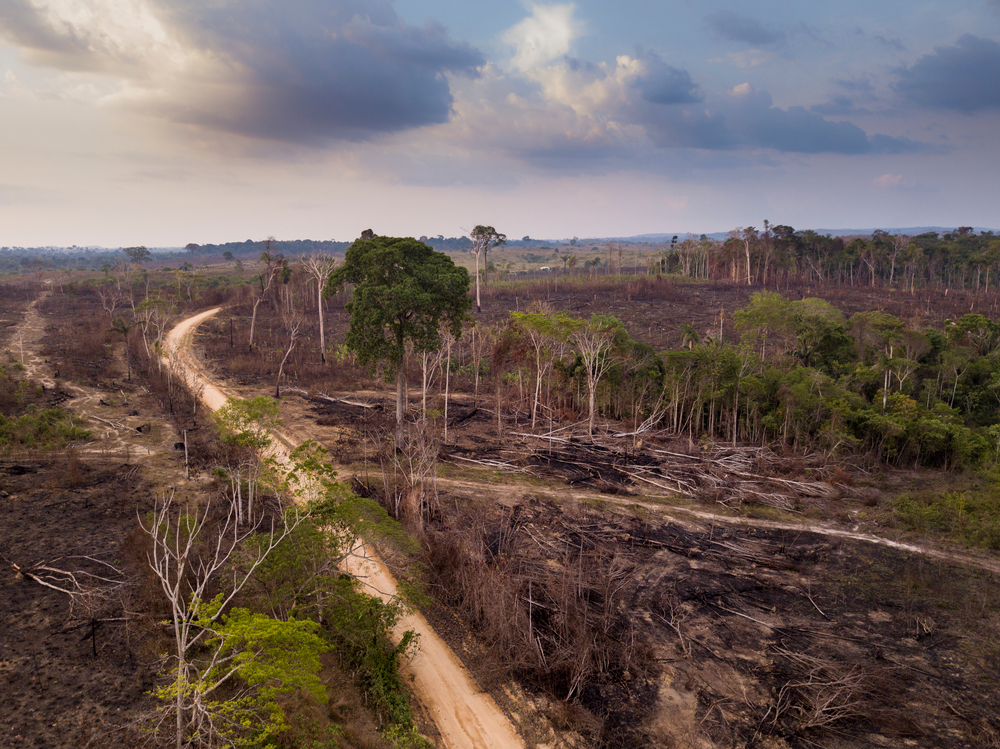
3.29 million hectares of tree cover were lost in Brazil in 2020, making it one of the top countries with the highest tree cover loss rates.
In the 2018 data, Brazil is estimated to have 3,307,949 km2 of forest cover and a total forest loss of 792,051 km2 since 1970.
The country’s Amazon rainforest continues to decrease in size due to deliberate deforestation, destroying more than 700,000 km2.
Some of the main reasons why deforestation persists are cattle farming, soybean production, gold mining, urbanization, and logging.
Climate change is also the main reason why wildfires occur in the rainforest. Significant rates of tree cover loss have disrupted biodiversity, affected the livelihoods of indigenous people, and caused severe drought and pollution.
3. Australia – 2,356.51
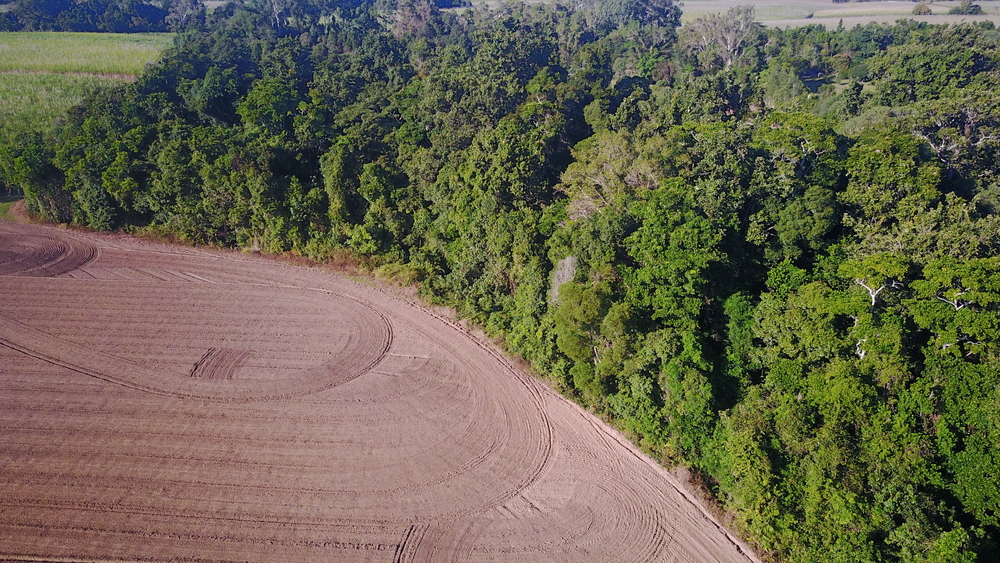
Australia is known to practice land clearing to make way for more space for agricultural land and urbanization.
Forests, wetlands, grasslands, woodlands, bushlands, and savannahs are among the vegetation that is removed in land clearing.
It is estimated that 13% of Australia’s entire vegetation was cleared.
There are many reasons why land is cleared, but livestock production is the most common one.
Moreover, extreme heat causes frequent bushfires that lead to tree cover loss, especially in the eastern region.
As a result of land clearing, 108 species are now extinct, soil erosion has increased, and drylands are becoming more salinated.
4. United States – 1,966.71
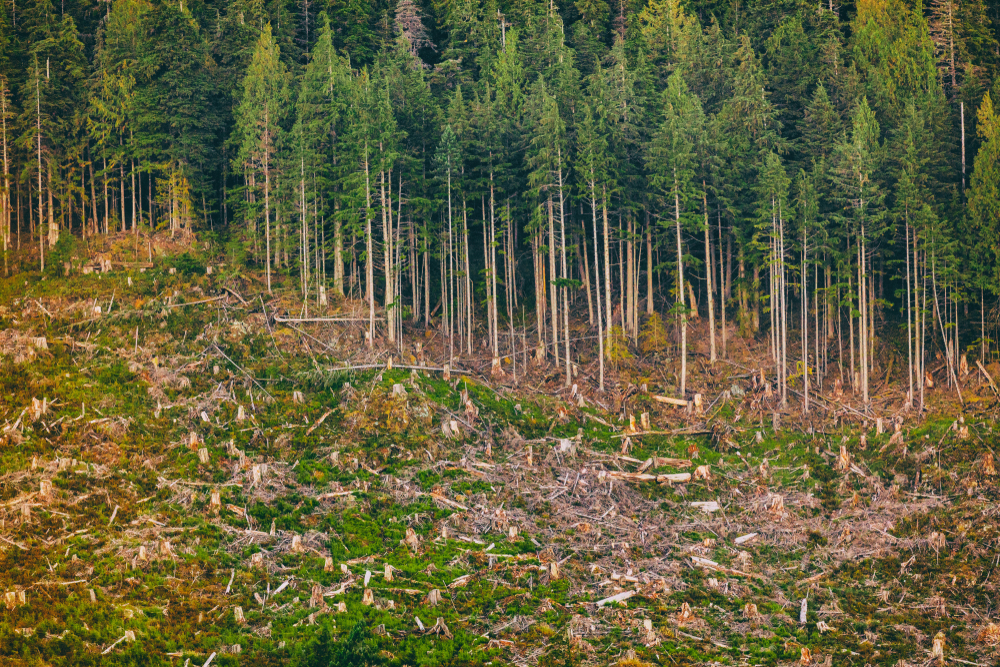
The United States lost 1,966.71 thousand hectares of natural forest. It ranks as the seventh country with the highest loss of virgin forests according to the 2005 Global Forest Resources Assessment.
Tree cover loss from fires was greatest in 2015, accounting for 40% of all tree cover loss in that year.
The state with the highest tree cover loss caused by fire is California, destroying more than for million acres.
California is followed by Oregon, Colorado, South Carolina, and Maine in the overall rankings of U.S. states with the highest tree cover loss related to wildfires.
Aside from wildfires, the logging industry and illegal logging are among the biggest problems the country faces.
5. The Democratic Republic of the Congo – 1,309.97
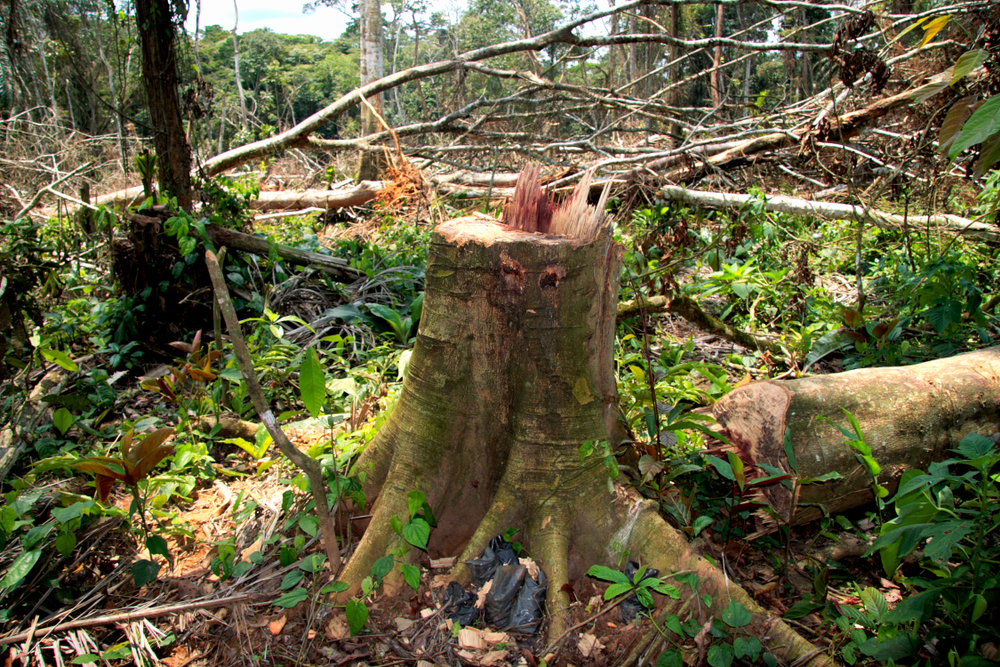
The Democratic Republic of the Congo is home to one of the largest rainforests in the world. Its rainforests are threatened by deforestation for the purpose of agricultural expansion and urban development.
The demand for fuelwood and charcoal is also a key threat to tree cover loss.
Therefore, the country faces intensified effects of climate change and soil erosion. There is also a connection between bushmeat demand and the logging industry since loggers like to eat bushmeat.
The more loggers there are, the more animals are killed for bushmeat.
6. Canada – 1,195.27
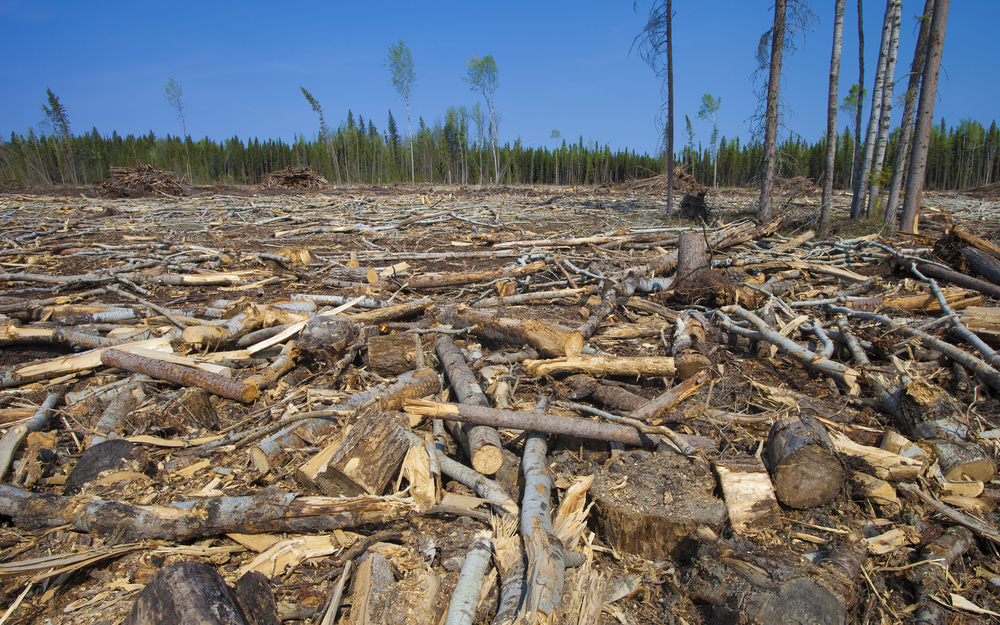
In 2020, Canada lost 1.19 million hectares of tree cover. The percentage of tree cover loss by deforestation between 2001 and 2021 was 0.48%.
The key driver of deforestation in the country is the agricultural industry, specifically crop production.
Some of the common causes of deforestation are urbanization, hydroelectric development, and resource extraction.
British Columbia, Québec, and Saskatchewan are the top regions with the most tree cover loss.
Canada experienced the highest tree cover loss by fire in 2013, amounting to approximately 71% of the total cover loss in the year.
7. Indonesia – 961.58

Approximately 84% of Indonesia’s land is composed of forests, which is home to the third-largest number of species in the world.
However, the forests are deeply affected by deforestation driven by logging, plantations, and agricultural development.
In fact, illegal logging is approximately 80% of the total logging activities in the country.
Approximately 23% of the total deforestation comes from palm oil plantations. Land clearing for agriculture, mining, and road development are other main contributors to tree cover loss.
In effect, it increased greenhouse emissions and air pollution.
8. Bolivia – 429.78

Bolivia lost 429.78 thousand hectares of tree cover in 2020. The top three drivers of deforestation in the country are mechanized agriculture, small-scale agriculture, and cattle ranching.
In addition, other minor contributors are mining, oil, gas, and timber extraction.
Mechanized agriculture is mainly in the north and east of Santa Cruz and is driven by soybean, sugarcane, corn, and rice production.
Forest fires in Bolivia are usually caused by planned burning for agricultural use. As a result, it affects soil fertility and impedes the regeneration of the ecosystem.
9. China – 422.21

China ranks the ninth country with the highest tree cover loss of 422.21 thousand hectares. Approximately 111 million hectares are old-growth forests.
It is estimated that 36% of the old-growth forests are at risk of deforestation due to the increasing population.
Guangxi, Guangdong, Fujian, Jiangxi, and Yunnan are the regions with the highest tree cover loss from 2001 to 2021, which accounts for almost 60% of the total loss.
In 2020, China lost 22.6kha of tree cover caused by fire. The loss of tree cover by fire increased further in 2021 when 22.7kha of trees were destroyed.
10. Laos – 357.54
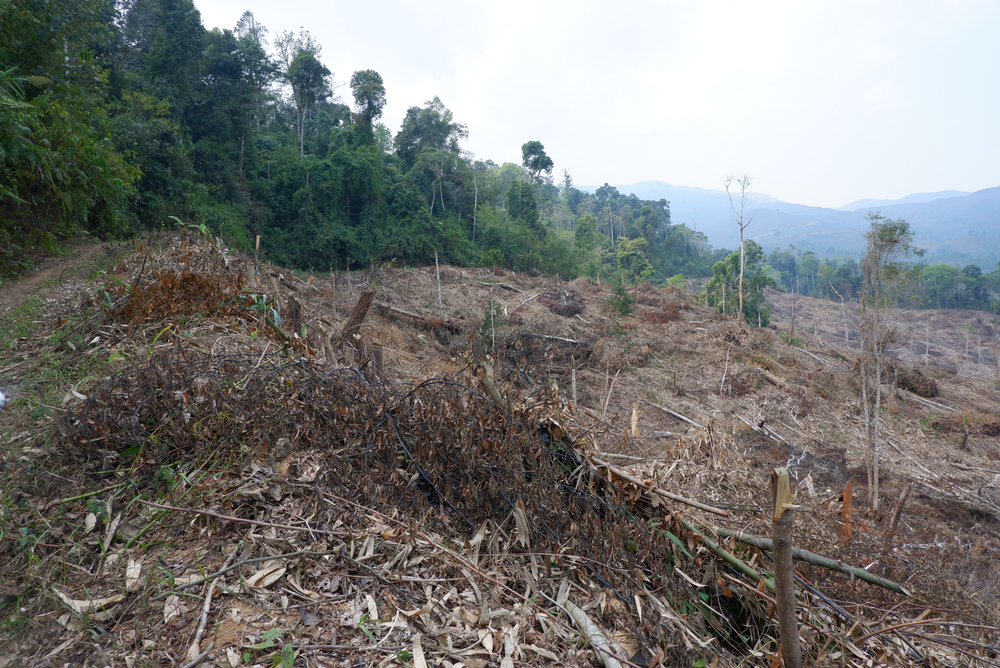
It is the trade of timber that drives deforestation in Laos, which is needed for the production of charcoal, ironwood, and teak.
During 2001–2021, 69% of Laos’ tree cover loss was due to deforestation as the dominant cause.
More than 50% of the tree cover loss was in Louangphrabang, Oudômxai, Houaphan, Savannakhét, and Bolikhamxay.
Aside from timber production, agricultural expansion, mining, and urbanization are some of the minor causes of tree cover loss.
Its slash and burn method for agricultural expansion poses a risk of developing soil erosion, landslides, and carbon dioxide emissions.
Despite the environmental issues Laos faces, the country strives to improve by having at least 70% of forest cover.









